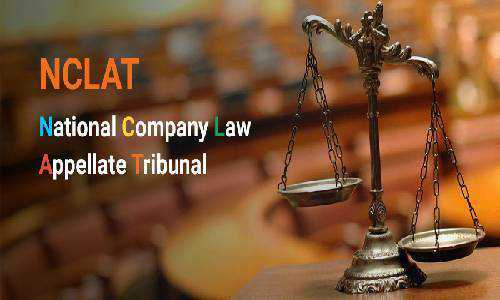
The National Company Law Appellate Tribunal ("NCLAT") overturned the decision made by the National Company Law Tribunal, Hyderabad Bench ("NCLT") on March 4, 2020, in the case of State Bank of India v. Athena Energy Ventures Private Limited [CA (AT) (Ins) No. 633 of 2020]. When the State Bank of India ("Appellant") sought to begin a corporate insolvency resolution process ("CIRP") against Athena Energy Ventures Private Limited ("Respondent"), the NCLT rejected the application.
In the instant case titled State Bank of India v. Athena Energy, the issue raised for clarification before the NCLAT was:
Whether a financial creditor may submit an application to start CIRP against both a borrower and a guarantor at the same time for the same debt and default?
With regard to this issue, the NCLAT addressed the question of whether two corporate guarantors might be sued concurrently for the same debt and default. It was argued there that, having demonstrated the identical debt payable by guarantor No. 2, which had already been initiated against guarantor No. 2, guarantor No. 1 could claim that the debt in question was not due because it was not payable in law once the application against guarantor No. 2 was admitted. As a result, Guarantor No. 1 left Piramal Enterprises only because CIRP had already been started against Guarantor No. 2. However, in Piramal Enterprises, the issue was whether CIRP may be launched concurrently against two corporate guarantors for the same. The Insolvency and Bankruptcy Code (Second Amendment) Act of 2018 introduced a change to Section 60 of the IBC, which the NCLAT then addressed. On August 17, 2018, the aforementioned modification was released in the gazette. Previously, the phrase "bankruptcy of a personal guarantor of such a corporate debtor" appeared in Section 60(2) of the IBC. Later, the phrase "liquidation or bankruptcy of a corporate guarantor or personal guarantor, as the case may be, of such Corporate Debtor" was used in place of these phrases. The NCLAT agreed with the appellant's contention that a creditor could not be prevented from filing a claim in receivership (CIRP) against both the principal borrower and the surety. The Appellant had further argued that while a remedy was available against both, an application might be made against both and that an adjustment might only need to be made at the payout stage.
A contract of guarantee must provide for simultaneous relief, and in cases where both the principal borrower and the surety are undertaking CIRP, the creditor should be entitled to make claims against both of them. This is not prohibited by the IBC. The Respondent had contended that the amount must be deemed to be "not due or not payable" in the CIRP against the guarantor if the obligation is the same and a claim is made against the borrower. The NCLAT rejected this claim, stating that under the terms of the guarantee agreement, the issue of no further due or adjustment would only come up once the creditor had received the appropriate amount. When the creditor gets debt due from the borrower or guarantor in the relevant CIRP, it would be a question of adjustment. The debt would need to be noted and adjusted in the other CIRP. This may be done easily, especially if the resolution specialist in both CIRPs is the same. As a result, the NCLT's verdict was overturned. The NCLT was instructed to accept the application against the Respondent and issue the required decisions in accordance with the IBC's provisions.
It will be necessary to comprehend that this ruling implies that the guarantor cannot abruptly quit in the event that the borrower defaults. It is important for the guarantor to reevaluate the parameters of the guarantee at the time of document execution in light of the level of risk it is willing to assume and/or the potential scope of available protection. The verdict obviously opens up a new path for the creditors in that they can now pursue both the borrower and the guarantor.

